SUMMARY
This is AI generated summarization, which may have errors. For context, always refer to the full article.
![[OPINION] What if Junior wins? Historians weigh in on EDSA and a likely return of the Marcoses](https://www.rappler.com/tachyon/2022/02/what-if-marcos-jr-wins-February-25-2022.jpg)
To lie is human; to build an alternative history, tyranny.
To me, life during the Martial Law years didn’t feel like the cold, calculated claims of a statistic. Neither were the killings one of many glossy covers of crime novels. It didn’t come off as some minuscule footnote in a history textbook.
To those who had witnessed it like I did, Martial Law was real. To many who suffered its hate, the atrocities were up close and personal. The odor of gunpowder, the smell of blood, the feel of the cold barrel of a gun next to one’s face, the screams of those gang-raped by police while under custody, rotting bodies floating in the river: they were anything but fiction. While some survived the tortures, others weren’t so lucky.
The grandiose infrastructure, the lavish lifestyle, a First Family dressed to the nines in branded threads, and a president and first lady frequently hobnobbing with foreign delegates, provided a camouflage which cloaked the near-to-famine conditions, the rising death toll, and a level of corruption unseen in those days.
The New Society
Dictator Ferdinand E. Marcos’ New Society – Ang Bagong Lipunan – wasn’t simply a lie. Neither was it an attempt at mere hoopla. It wasn’t, in any way, shape or form, an intangible hypothesis of a madman.
The New Society was one of the most elaborate specimens of an alternative reality forced upon a people by a dictator.
Lest we forget, Marcos’ New Society was physical. The massive construction effort – buildings, hospitals, highways, bridges, theaters, and art centers – all contributed to the physicality of the upside-down “Camelot” Marcos had built as his domain.
The regular meetings with and visits of foreign dignitaries, the rallying support of fanatical loyalists, the banners and flags, the new society literature, the arts: all provided the optical illusion of power, one that was spread far and wide by a media operating under the dictator’s thumb.
Some may think of it all as the delusions of a power-hungry despot, which many Filipinos then mistook for strength and political will. Yet, underneath it all lay the undercurrents of oppression, which led to resistance, rebellion, and dissent. A revolt that was largely the offshoot of the crumbling alternative reality Marcos himself believed to be indestructible.
Too preoccupied with looting government coffers, the conjugal dictatorship of Ferdinand and Imelda (the former despot now suffering from lupus) had all but seen the storm brewing over the horizon.
A return to reality
By the time a huge cross-section of Filipinos assembled at the gates of Camp Crame on February 22, 1986, roughly 21 years after Marcos assumed power in 1965, it was too late. Neither tanks nor weapons could stop the growing masses from crying out for his ouster.
People Power wasn’t only a restoration of democracy. It was a return to reality. It wasn’t a perfect reality, but waking up to a new and dictator-free day was more than enough. How to even describe what it felt like to suddenly be rid of fear, ignorance, and the silence brought about by a personality once thought of as invincible, I simply have no words.
Suffice it that after two decades of murder and impunity, Filipinos felt human again – our dignity intact, our freedoms inaugurated once more. We’ve been emancipated from the horror fantasy that gave one man complete power over life and death. Finally, we can decide for ourselves, as individuals and as a community.
That was EDSA’s singular goal. How we must face that reality is totally up to us.
At a crossroads
Thirty-six years from the ouster of Marcos, we find ourselves again at a crossroads. To be fooled once was bad enough; to be fooled twice, and by a second Marcos at that, borders on the ridiculous.
So, I had a brief online chat on the subject of EDSA and the possible return of another Marcos in Malacañang with two of the country’s foremost historians: Professor Jose Victor Torres of De La Salle University and Professor Ambeth R. Ocampo of the Ateneo de Manila University.
Surely, a Marcos Jr win will upset whatever democratic achievements we enjoy today. If Marcos Jr’s alleged aversion to the use of the word “dictator” (when media refers to his father) is any indication of what his presidency has in store for us, then we’re going to be in for another high-wire act. This time, with piranhas waiting for us under a bed of water below.
Professor Torres makes a bold prediction as to the state of affairs under a second Marcos presidency. He said, “My top three predictions if Marcos wins? One, he will be outplayed by the Dutertes, so he and his cohorts will stay in power. One thing about the entire thing is Marcos doesn’t have a power base. Duterte has been underestimating him.”
The professor adds, “Marcos will share the presidency with Sara [Duterte], half-half. But I feel there’s a big chance they will betray each other. Third, Marcos will get seriously sick before he assumes the presidency.”
Professor Ocampo, on the other hand, makes a startling observation. “If Marcos wins, practical people will change their political color from pink to red. Marcos wins, despite his baggage, he will definitely promise to be better than the incumbent administration. Thing is, the outgoing administration has set the bar so low that the only way to go is up.”
History’s role
When the question of history’s involvement in the molding of one’s idea of reality popped up, Ocampo didn’t mince words. “Well, what is important is to state that textbook history unfortunately teaches us to see the narrative as random pictures rather than a full feature film with a beginning, middle, and end that never comes because of the twists and turns of life.”
Professor Torres instead dealt with the question of history’s involvement as something that ought to be prudently handled.
“History always repeats itself, we all know that,” he said. “Unfortunately, Filipinos today do not realize that history repeating itself can either be bad or worse. And I am not just saying this in connection with the Marcoses. The imaging of Leni [Robredo] as a ‘Nanay’ or ‘Tita’ was fatal for Cory [Aquino] because it led to the downsizing of the image of a strong presidency.”
As the celebrations of the 36th anniversary of People Power grind to a close, I asked the two respected historians their thoughts about EDSA.
Professor Ocampo digs deep into the belief that People Power wasn’t only a one-time event. “EDSA 1986 was not an end or the end; it was a beginning,” he said. “EDSA is a journey not a destination. That is why we are at a crossroads again today.”
As for Professor Torres, EDSA should not remain a far-off concept, but a continuing call to action. “People power will still work if Filipinos realize that all movements come to nothing if there is no sustainability. All we have right now are flash-in-the-pan people powers. Lots of expressions, no action.”
Author and columnist Conrado de Quiros once wrote in his book, Tongues of Fire, that “the heart of the revolution is the revolution of the heart.” Filipinos won that day in EDSA, with only flowers, prayers, and courage in hand, because we somehow grasped what it meant to stage a revolution of the heart.
If another Marcos foists himself into Malacañang, our freedom will require nothing less. – Rappler.com
Joel Pablo Salud is the author of several books of political nonfiction. He currently saddles his pen as the senior desk editor of Rappler.
Add a comment
How does this make you feel?
![[WATCH] In The Public Square with John Nery: Preloaded elections?](https://www.rappler.com/tachyon/2023/04/In-the-Public-Square-LS-SQ.jpg?resize=257%2C257&crop=414px%2C0px%2C1080px%2C1080px)
![[Newspoint] 19 million reasons](https://www.rappler.com/tachyon/2022/12/Newspoint-19-million-reasons-December-31-2022.jpg?resize=257%2C257&crop=181px%2C0px%2C900px%2C900px)
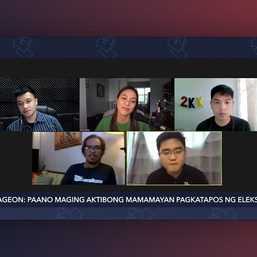
![[OPINION] The long revolution: Voices from the ground](https://www.rappler.com/tachyon/2022/06/Long-revolution-June-30-2022.jpg?resize=257%2C257&crop=239px%2C0px%2C720px%2C720px)
![[OPINION] I was called a ‘terrorist supporter’ while observing the Philippine elections](https://www.rappler.com/tachyon/2022/06/RT-poster-blurred.jpeg?resize=257%2C257&crop_strategy=attention)
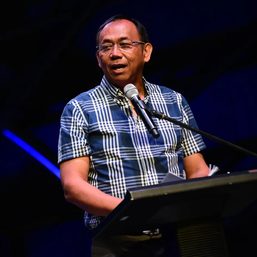
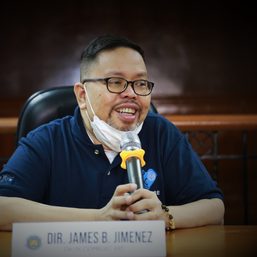
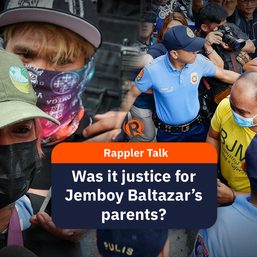
![[New School] Tama na kayo](https://www.rappler.com/tachyon/2024/02/new-school-tama-na-kayo-feb-6-2024.jpg?resize=257%2C257&crop=290px%2C0px%2C720px%2C720px)
![[Only IN Hollywood] After a thousand cuts, and so it begins for Ramona Diaz and Maria Ressa](https://www.rappler.com/tachyon/2024/02/Leni-18.jpg?resize=257%2C257&crop=262px%2C0px%2C720px%2C720px)
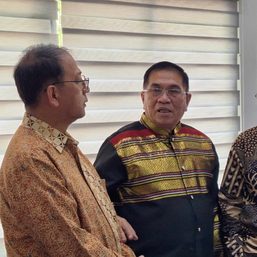
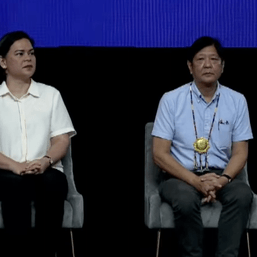
![[In This Economy] Is the Philippines quietly getting richer?](https://www.rappler.com/tachyon/2024/04/20240426-Philippines-quietly-getting-richer.jpg?resize=257%2C257&crop=194px%2C0px%2C720px%2C720px)
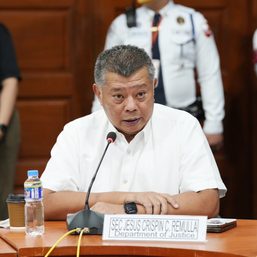
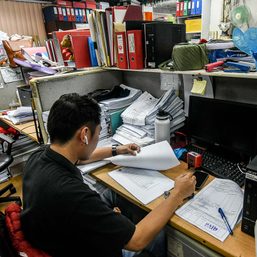

![[OPINION] If it’s Tuesday it must be Belgium – travels make over the Marcos image](https://www.rappler.com/tachyon/2024/04/tl-travel-makeovers-marcos-image.jpg?resize=257%2C257&crop_strategy=attention)
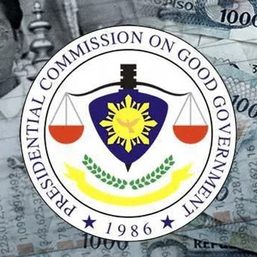

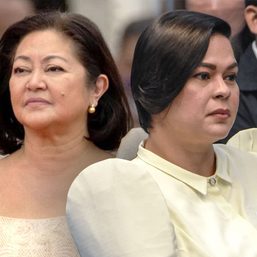
![[Just Saying] Marcos: A flat response, a missed opportunity](https://www.rappler.com/tachyon/2024/04/tl-marcos-flat-response-april-16-2024.jpg?resize=257%2C257&crop=277px%2C0px%2C720px%2C720px)
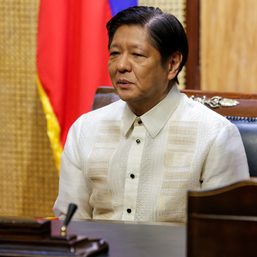

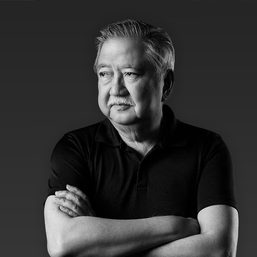
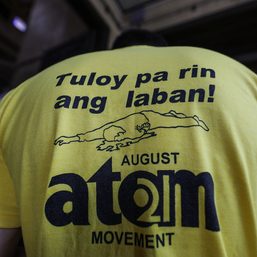
There are no comments yet. Add your comment to start the conversation.